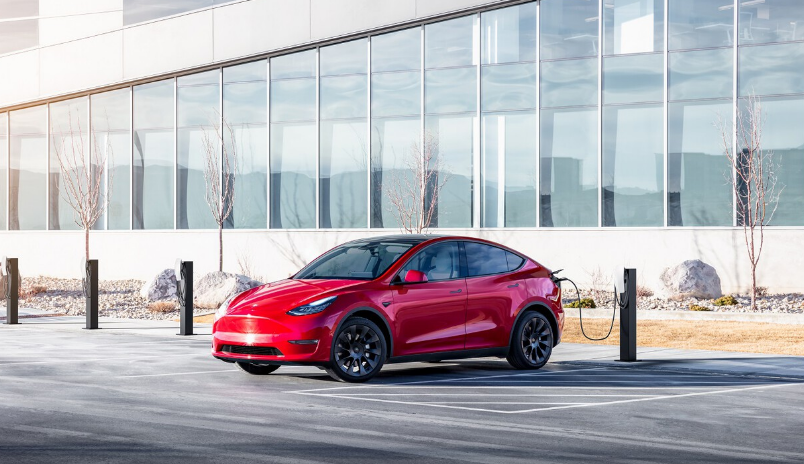
Time passes, and the electric car has a problem with its batteries. Although the advances are evident, the autonomy continues to be poor for many drivers; the charging times are long, and they represent a high cost for manufacturers.
To all of the above, we must add a limited useful life. Manufacturers usually give guarantees of between eight and ten years before they begin to lose storage capacity or, at least, so that the loss until then is insignificant.
Investigating new possibilities, a study funded and led by Tesla, together with Dalhousie University in Canada, has discovered a way to get its batteries to reach a useful life of one hundred years. The problem is, plain and simple; it doesn’t look cheap.
A cool temperature
During the study, titled “Li[Ni0.5Mn0.3Co0.2]O2 as a Superior Alternative to LiFePO4 for Long-Lived Low Voltage Li-Ion Cells”, the researchers discovered that there is a truly durable alternative to current batteries.
The key is to add graphite to your NMC batteries and, in addition, change the LiPF lithium, the usual one found in most batteries, for a LiFSI type. This second type of lithium has the advantage of being very stable. It offers great results when combined with the graphite above and the nickel, manganese, and cobalt that comprise the rest of the cells.
During the study, this LiFSI lithium and graphite NMC batteries were compared to current LFPs and found to hold up better over time when subjected to temperatures of 40°C, 55°C, and 70°C. But it is also that, at a maximum of 25º, the battery had a useful life that could reach 100 years.
25º is the ideal temperature for an electric car battery. When the battery cools down to close to zero degrees, some vehicles use their heat pumps to acclimatize the spaces where the electrical energy is reserved and, thus, function at full capacity. The same happens on hot days when the cooling systems have to work to lower the temperature below 30 degrees and avoid rapid degradation of the batteries.
We still have the same problem
The results obtained by the researchers are encouraging. However, the conclusions highlight that further research must be carried out on these new batteries to obtain conclusive results.
The great discovery is having achieved NMC batteries that better support the accumulation of charge cycles than LFP. Until now, we knew their energy density was higher and could be charged faster. Now, also, they are more long-lived with the changes mentioned above.
However, the main problem is its price. One of the reasons to use LFP batteries is that they do not use nickel or cobalt, as NMCs do. Nickel is very expensive, just like lithium. And cobalt mining has been in the spotlight for years due to the dangers to which workers are subjected.
And to all of the above is added that lithium is so expensive that it is risking a sufficient drop in prices among electric cars so that users begin to see it as a real alternative to combustion. The researchers point out among their conclusions that the safety and cost advantages represented by LFP batteries continue to be greater in the short term.

Sharlene Meriel is an avid gamer with a knack for technology. He has been writing about the latest technologies for the past 5 years. His contribution in technology journalism has been noteworthy. He is also a day trader with interest in the Forex market.











